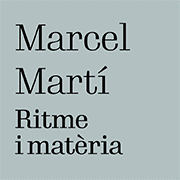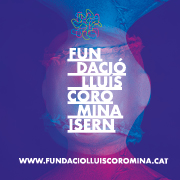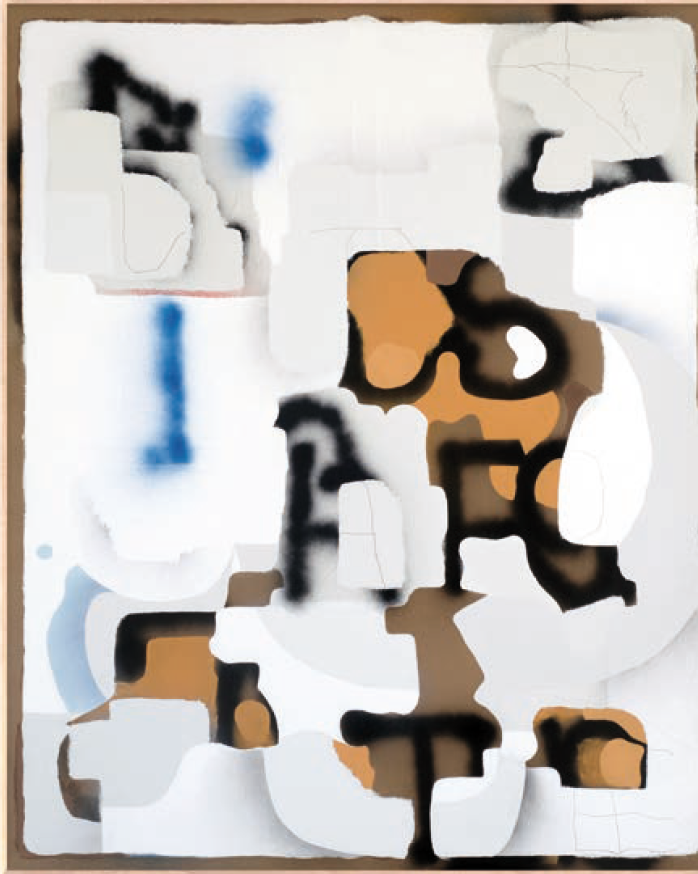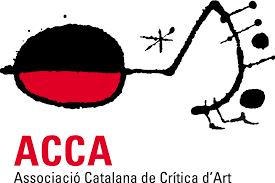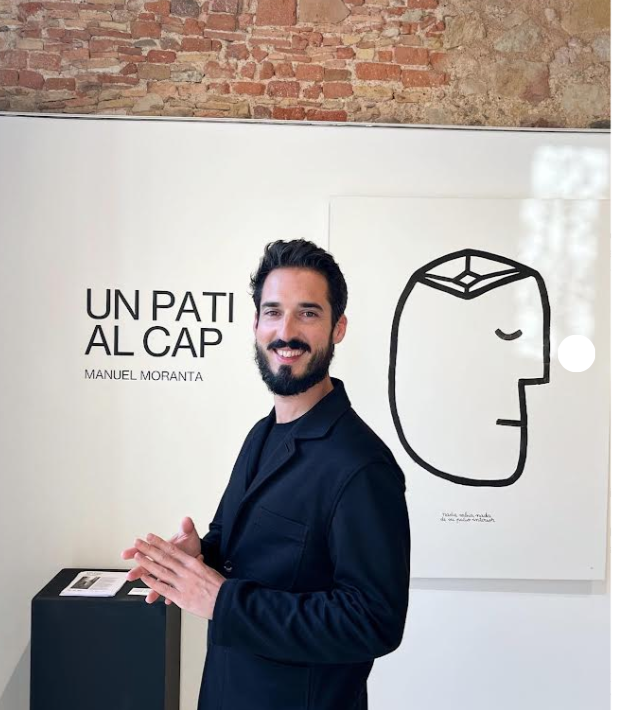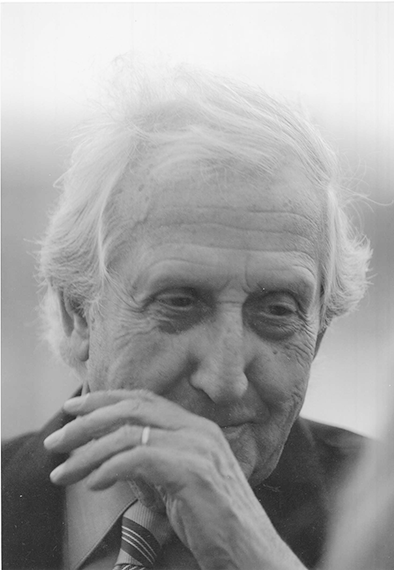Exhibitions
"The construction of a simulation" by Adrià Gamero at the Casa de Cultura
Fins al 30 d'abril
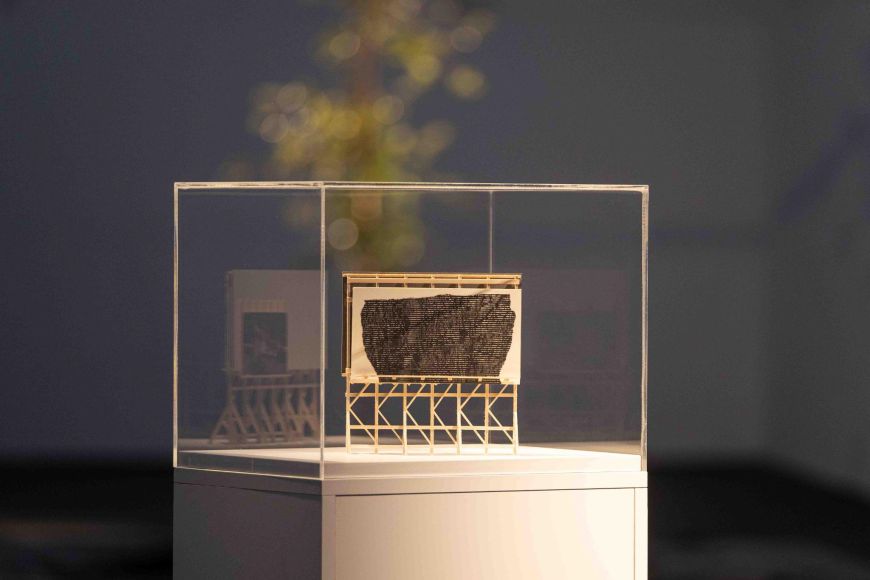
"If we give the word landscape a complex meaning, which includes plans, forests, water, industries, housing, etc., we will say that the city of tomorrow must be no more than an element of the landscape."
Nicolau Maria Rubió and Tudurí
Architect and urban planner
Being born in Olot can make an artistic mark or not, but what it surely implies is the close and permanent presence of a long artigraphic tradition that has worked on the concept of landscape, as well as the omnipresence of nature that envelops all the senses. From an art school that doesn't stop to the Landscape Observatory of Catalonia. Also events to dialogue with the territory, heritage and contemporary art, such as the Art Biennial. Case a banda is the multi-award winning architectural studio RCR, which has based its entire philosophical/structural concept on the way architecture can establish an almost perfect symbiosis with nature. Therefore, it is not accidental but causal, that Adrià Gamero Casellas works mentally and critically on the landscape and emerges from this heterogeneous lineage of first-level authors who have a particular and, in many cases, extraordinary relationship with their vital ecosystem. In Catalonia, Perejaume, Pere Noguera, the SiteSize collective (Elvira Pujol Masip and Joan Vila Puig), Fina Miralles, Denys Blacker, Albert Gusi are also some exponents who delve deeper into the rural world, into the "civilization" of the world rural, when today we are already facing the ruralization of the urban world.
As Joan Nogué himself affirms, it is also no coincidence that today people talk more about landscape than ever, since environmental awareness, the galloping extent of the dispersed city, the increase in aesthetic sensibility on the part of certain social groups capable to create opinion and the European Landscape Convention have caused it. Adrià Gamero knows all this, as he also knows the concept of artialization of geographies that Marcel Dalmau highlighted in 2010 in the magnificent exhibition and catalog Utourism/Utopism, in which the concept and the related to tourism. The idealization of spaces to denaturalize them from any other possibility of perception, which makes an identity impossible. This concept is strongly expressed in Gamero's most recent series, Estructures, mixed media works that are a hybrid between a vintage postcard image and the wooden structure that supports it.
Bas-relief, photography and digital printing take shape in the latest works of the olotí, who, established in Barcelona, is beginning to incorporate the new urban dynamics into his creative corpus. As the creator himself points out: "Art - and the representations it generates - conditions our gaze and is to blame for how we see and experience the territory and prevent us from observing everything that remains outside the field. This territory that is located on the margins of representation ceases to exist». A concern that puts the focus already on the urban landscape in the series and the work Architecture (Nicaragua 27-29) and MPK (Do not enter), and that raises the territorial view, from the micro to the macro, in two works of last creation One of them is S/T —north direction—, a collage made on the basis of a superimposition of paper clippings from roads and roads of all kinds that end up becoming an impossible amalgamation, totally organic and abstract, of quasi-neuronal tissues; a kind of dystopian metacity.
The other work is S/T, a small model in the form of an advertising fence, again the metaphor of what we find while we travel, move or relocate. It is not an advertisement: it must be that nature has crept over a structure that sustains consumer society and idealized visions of what places? Is it perhaps the true construction of a simulacrum? Salvador Dalí said: "One day it will have to be officially admitted that what we have called reality is an illusion even greater than the world of dreams." What is revealed is a retrospective exhibition of an author with beginnings represented in the series Cavities, architectures of subsistence or more indefinite in the series Abstraccions. There you could already sense a poetic delicacy of creations made - for more inri - manually, with techniques such as engraving and drawing and which simulate the pixels, interferences and textures of the digital image. As the creator himself concludes: "The result is works that seek to question the way we look. The new visibility that the landscape acquires challenges official narratives and the collective imagination."



